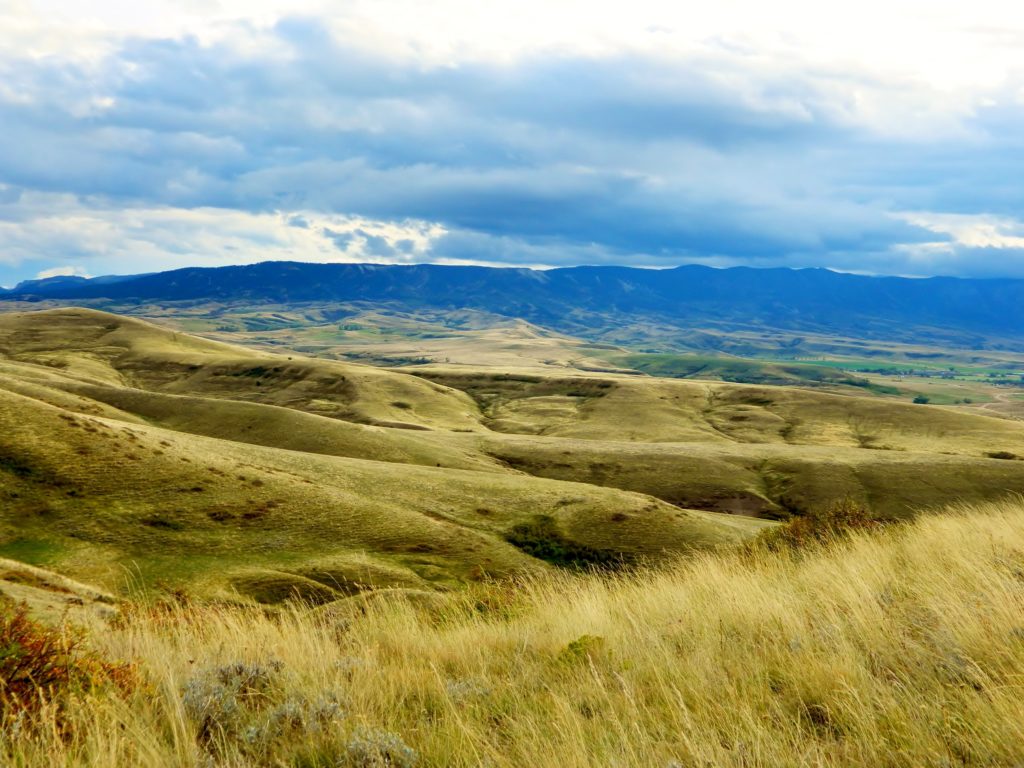Oklahoma’s Great Plains: Untamed Beauty Awaits!
Oklahoma’s Great Plains: Untamed Beauty Awaits!

Introduction:
Forget your everyday hustle and bustle! Picture this: vast, shimmering grasslands stretching to the horizon, a sky so big it feels like it swallows the earth, and the quiet whisper of the wind through tallgrass prairie. That’s the magic of Oklahoma’s Great Plains State Park, a hidden gem waiting to be discovered. This isn’t your grandma’s campground; it’s an authentic experience, a chance to reconnect with nature on a deeply personal level. Whether you’re a seasoned camper or a complete newbie, get ready to be blown away.
Related Articles: Oklahoma’s Great Plains: Untamed Beauty Awaits!
- Humboldt County Fairgrounds: Your Gateway To Redwood Country Adventures!
- Vegas Lights, Desert Nights: Your Nevada KOA Adventure Awaits!
- Yogi Bear’s Jellystone Park Camp-Resort: Kentucky’s Family Fun Haven
- Escape To The Emerald Embrace: Northern California Highlands RV Park Adventure
- Escape To The Arizona Sky: Mountain View RV Park, Your Gateway To Adventure
Getting There: Navigating the Plains
Finding Oklahoma’s Great Plains State Park is easier than you might think. While it’s nestled in the heart of the plains, it’s surprisingly accessible. Let’s break down the routes:
-
From Tulsa International Airport (TUL): It’s roughly a 2-hour drive, mostly on well-maintained highways. Grab a rental car and enjoy the scenic route – you’ll pass through charming small towns and rolling hills before hitting the wide-open prairies. (See Map 1 below).
-
From Woodward, OK: This is the closest significant town, about a 30-minute drive. You can easily rent a car from the Woodward Regional Airport (WDW) or take a taxi/rideshare. (See Map 2 below).

-
By Train: Unfortunately, there isn’t a train station directly serving the park. The nearest train stations are quite a distance away, necessitating a lengthy car ride. Planning ahead is key if you’re relying on rail travel.

(Insert Map 1 here – showing route from Tulsa International Airport to Great Plains State Park)
(Insert Map 2 here – showing route from Woodward, OK to Great Plains State Park)
Facilities and Amenities: Roughing It (Comfortably!)
Don’t let the "Great Plains" moniker fool you; this park offers surprisingly modern amenities. While it celebrates the raw beauty of the landscape, it doesn’t skimp on creature comforts. You’ll find:
-
Campgrounds: Several campsites cater to various needs, from tent camping to RV hookups. Many sites offer stunning views, ensuring a memorable stay. Reservations are highly recommended, especially during peak season. Honestly, snagging a spot with a sunset view is worth its weight in gold!
-
Restrooms and Showers: Clean and well-maintained restrooms and shower facilities are available throughout the campground. This is a huge plus, believe me – nobody wants a less-than-pleasant shower after a day of hiking.
-
Picnic Areas: Plenty of picnic tables and grills are scattered throughout the park, perfect for enjoying a meal amidst the breathtaking scenery. Pack a basket and enjoy the fresh air!
-
Interpretive Trails: These trails offer a glimpse into the rich history and ecology of the Great Plains. Learn about the native flora and fauna while enjoying a leisurely walk. Seriously, the wildflowers alone are worth the trip.
-
Visitor Center: The visitor center is a treasure trove of information, with friendly staff ready to answer your questions and provide maps and brochures. It’s a great place to pick up souvenirs too!

Activities: Beyond Stargazing
The Great Plains State Park isn’t just a place to pitch a tent; it’s a playground for outdoor adventures. Here are some activities you can enjoy:
-
Hiking: Miles of trails wind through the park, offering stunning views and opportunities for wildlife spotting. Bring your binoculars! You might spot prairie dogs, deer, or even a hawk soaring overhead.
-
Biking: The trails are also perfect for mountain biking, offering a thrilling ride through the diverse landscape. Just make sure you have a bike in good working order!
-
Photography: The park is a photographer’s dream, with endless opportunities to capture breathtaking sunsets, rolling grasslands, and wildlife. Bring your camera – you’ll want to document this!
-
Stargazing: With minimal light pollution, the Great Plains offer some of the best stargazing in Oklahoma. Bring a blanket and lie back and let your imagination run wild!
-
Fishing: While not as prominent as other activities, there are opportunities for fishing in nearby bodies of water. Check the park’s regulations before you cast your line.
Cost and Reservations:
Camping fees vary depending on the type of site and time of year. It’s always best to check the Oklahoma State Parks website for the most up-to-date pricing and reservation information. Booking in advance, especially during peak seasons, is strongly recommended to avoid disappointment. You don’t want to be left high and dry without a place to camp!
Nearby Accommodations:
If camping isn’t your thing, there are several hotels and motels in nearby towns like Woodward. These offer a more traditional lodging experience, but still allow easy access to the park’s wonders. You can easily find options to suit your budget and preferences online.
Positive Reviews:
"Absolutely breathtaking! The vastness of the plains is awe-inspiring. We spent three days hiking and stargazing, and it was the most relaxing getaway we’ve had in years." – Sarah J.
"The campsites were clean and well-maintained. The staff were incredibly friendly and helpful. We’ll definitely be back!" – John B.
"Perfect for a quiet escape from city life. We loved the hiking trails and the peaceful atmosphere. Highly recommend!" – Emily K.
Conclusion:
Oklahoma’s Great Plains State Park is more than just a campground; it’s an experience. It’s a chance to reconnect with nature, challenge yourself with outdoor activities, and create memories that will last a lifetime. Whether you’re seeking solitude, adventure, or simply a stunning backdrop for relaxation, this park has something for everyone. So pack your bags, grab your camera, and prepare to be amazed!
FAQ:
-
Q: Are pets allowed? A: Yes, but they must be kept on a leash at all times.
-
Q: Is there cell service? A: Cell service can be spotty, so download maps and directions beforehand.
-
Q: What should I pack? A: Comfortable hiking shoes, layers of clothing (weather can change quickly!), sunscreen, insect repellent, and plenty of water are essential.
-
Q: Are there any fire restrictions? A: Check the park’s website for current fire restrictions before your visit.
-
Q: Can I bring my own firewood? A: To prevent the spread of invasive pests, it’s often recommended to purchase firewood locally. Check the park’s website for their specific firewood policy.
Oklahoma’s Great Plains State Park: Your Next Adventure Awaits!

Closure
Thus, we hope this article has provided valuable insights into Oklahoma’s Great Plains: Untamed Beauty Awaits!. We hope you find this article informative and beneficial. See you in our next article!

